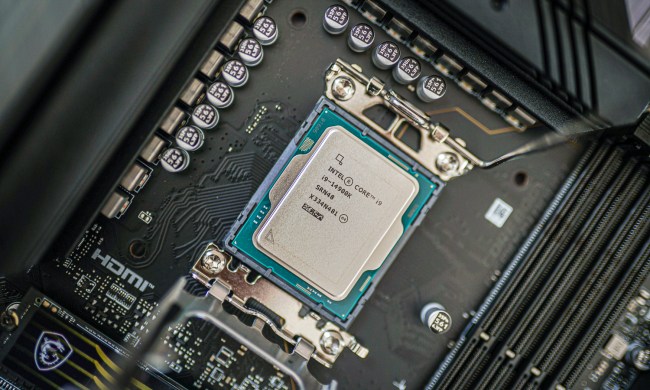Nature is a consummate problem-solver. After all, it’s had billions of years of evolutionary iteration to figure out (in a roundabout way) what works and what doesn’t. For that reason, researchers frequently look at the natural world for answers — even when they’re solving a problem that, technologically, might be pretty new.
That’s what researchers from the U.K.’s Imperial College London tapped into during a recent project intended to find new ways of building small aerial vehicles like drones. Specifically, they wanted to know how they could better make flying robots that will be able to perform actions like correcting their flight when knocked off course. What better way to do this than by studying the humble dragonfly?
“Dragonflies are part of a group, called the paleoptera, who were amongst the first to split off when insects evolved flight some several hundred million years ago,” Sam Fabian, a postdoctoral research associate in the college’s department of bioengineering, told Digital Trends. “They haven’t been totally unchanged in that time, but their four-winged, long body plan is generally consistent and seems to have served them well. Dragonflies are relatively large insects, and are all aerial predators as adults, requiring them to chase and intercept prey, outmaneuvering when necessary. The result of this evolutionary pressure is [that] we are looking at a finely tuned flight machine that has much to teach us.”
Secrets of the dragonfly
Entomologists have been studying insects for many years. But what gives investigators a distinct advantage when doing so in 2021 are the tools that are available to help them. In this study, the Imperial researchers wanted to gather detailed information about the way dragonflies perform a movement called “pitching,” a kind of upside-down backflip, to right themselves in the air.
To achieve this, they fitted 20 darter dragonflies with tiny magnets and motion-tracking dots so that they could capture, in 3D, detailed information about the way in which dragonflies perform this nimble bit of acrobatics. They also used extreme high-speed cameras to document the moves.

They found that the dragonflies’ shape is key to their athleticism. In fact, their shape is such that the dragonflies will even flip to right themselves in midair when they are rendered unconscious and then dropped. That would be like a drone losing power and still finding a way to correct its course.
“We tend to think of dragonflies and other insects having to work constantly to maintain balance whilst flying, processing all kinds of information [such as] vision,” Fabian said. “This is partly due to their small size, which means that the air feels thicker to them, and makes maneuverability higher, but also makes it harder to do things like glide. Dragonflies look to be just on the boundary of this effect, being relatively large insects, able to use passive mechanisms to glide and right themselves, but still able to hover and perform impressive feats of maneuverability. This is the kind of thing we might want to build into future robotic designs — such that they are able to use passive stability mechanisms to be more robust and use less sensory information, but also able to perform great feats if necessary.”
Building better robots
The researchers haven’t moved on to the actually-building-a-robotic-dragonfly phase of the project just yet. But regardless of whether that’s on their road map, research such as this — which would have been far tougher just a few years ago — could help inform the shape of tomorrow’s flying robots.

“The primary potential application of insights from our work would be in reducing the computational effort and energy that small flying vehicles would need to put into maintaining stability,” Fabian said. “If we can build in passive mechanisms that allow for stability and for high maneuverability, based on posture, we can greatly enhance their capabilities, and the range of behaviors we expect of them.”
A paper describing the work was recently published in the journal Proceedings of the Royal Society B.

